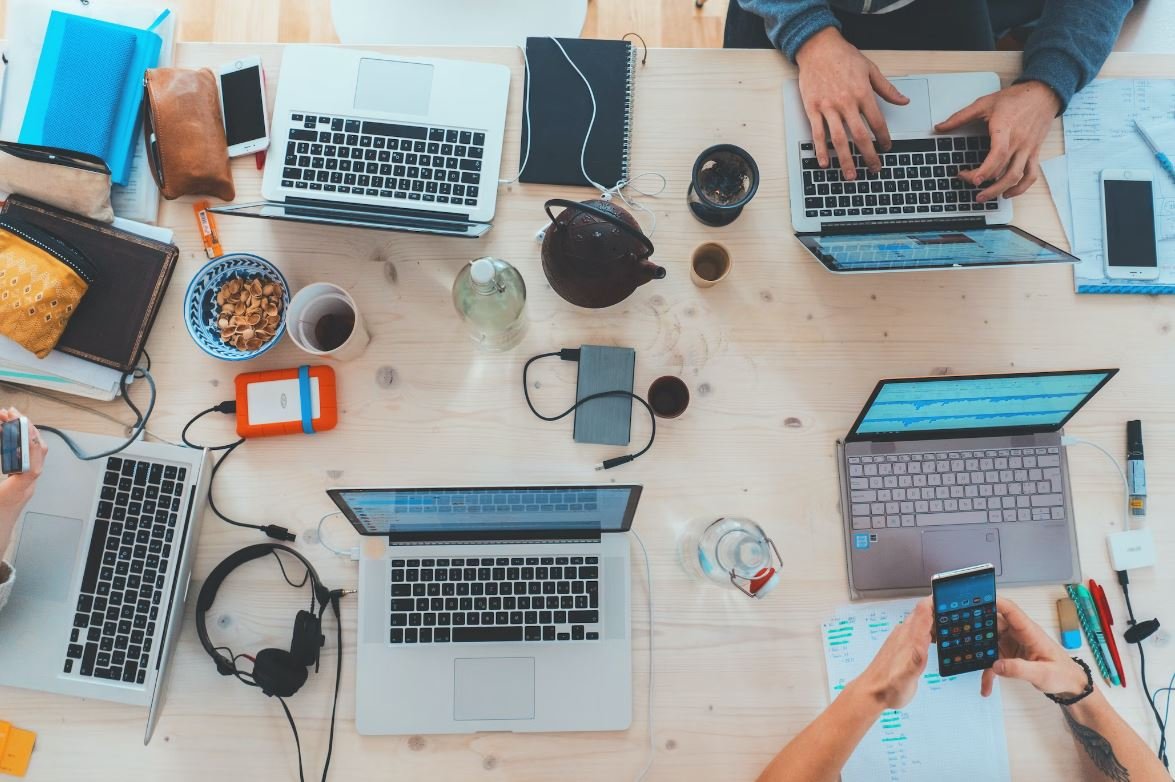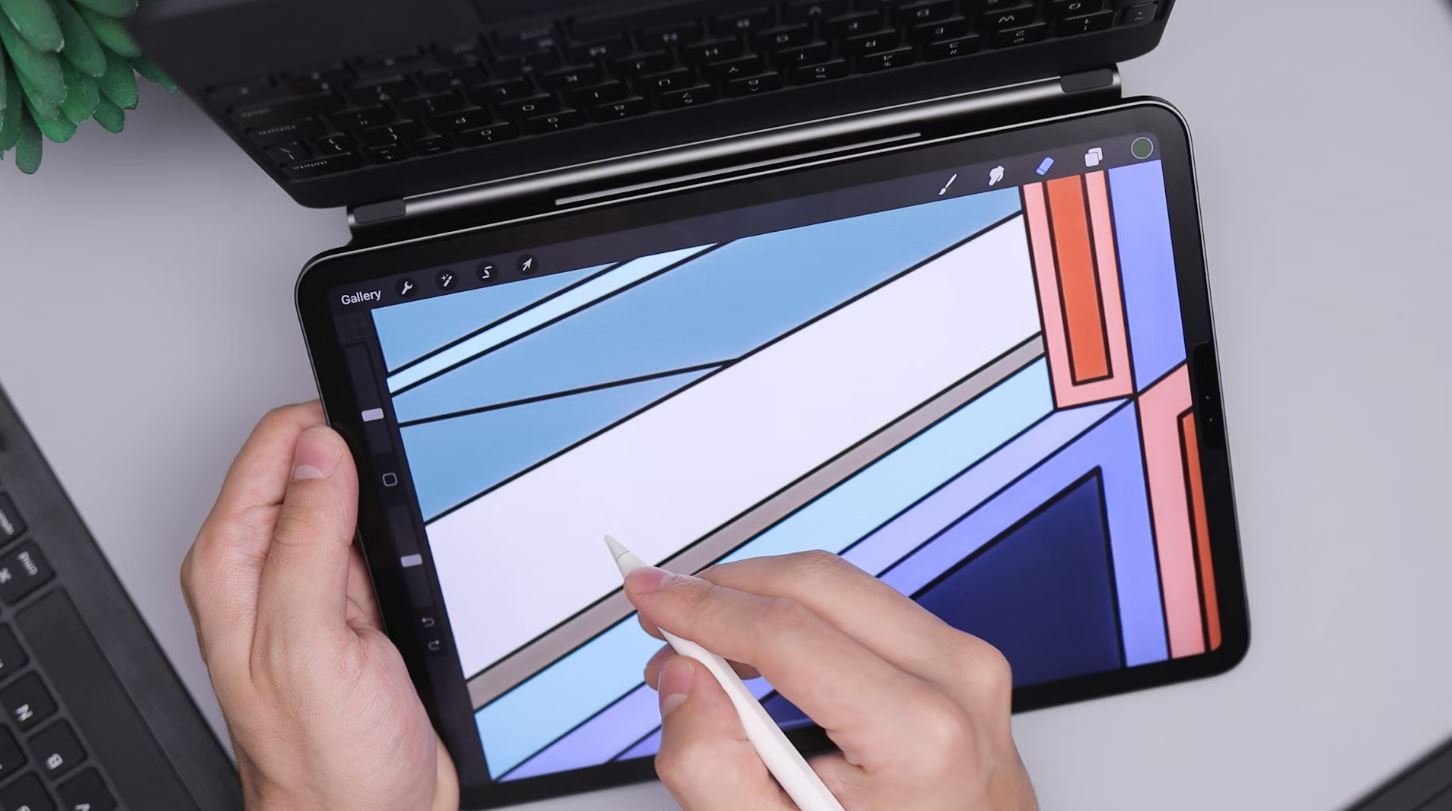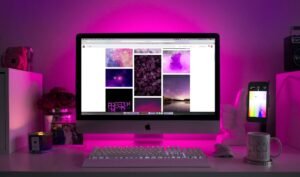Best AI to Generate Images
Artificial Intelligence (AI) has made significant advancements in various fields, including image generation. With the power to learn and analyze huge datasets, AI algorithms can now generate realistic and high-quality images. In this article, we will explore some of the best AI models used for image generation and their capabilities.
Key Takeaways:
- AI algorithms can generate **realistic and high-quality** images.
- Models like **DeepArt**, **GAN**, and **VAE** are popular for image generation.
- **StyleGAN** has revolutionized the field with its ability to generate **high-resolution and diverse** images.
1. DeepArt
DeepArt is a popular AI model known for its impressive art generation capabilities. It uses deep learning techniques to analyze patterns in existing artwork and generate new images that mimic the style of famous artists. *The algorithm can create stunning and unique digital art pieces.*
- DeepArt applies **neural style transfer** to achieve style adaptation.
- It can generate images in a variety of art styles, such as Impressionism, Cubism, and Abstract.
- The model offers a user-friendly interface, allowing artists and enthusiasts to experiment with different styles.
2. Generative Adversarial Networks (GAN)
Generative Adversarial Networks (GAN) have gained popularity in the image generation domain due to their ability to create highly realistic images. *The model consists of two components: a generator and a discriminator, which compete against each other to improve the quality of the generated images.*
- GANs have been used to generate various types of images, including human faces, landscapes, and even fictional characters.
- The model has been extended to variants like **Progressive GAN**, enabling the generation of high-resolution images.
- GANs can also be used for tasks like **image inpainting** and **style transfer**.
3. Variational Autoencoders (VAE)
Variational Autoencoders (VAE) are another powerful class of AI models used for image generation. They work by encoding images into a lower-dimensional latent space and then decoding them back to reconstruct the original images. *VAEs allow for the generation of new images by sampling from the latent space.*
- VAEs are capable of creating **novel and diverse** images by exploring the latent space.
- They have been used for tasks like **image synthesis**, **data augmentation**, and **generative modeling**.
- VAEs can also be combined with GANs to produce even better results.
Comparison of AI Models
| Model | Advantages | Limitations |
|---|---|---|
| DeepArt | Ability to mimic famous art styles | Creates images based on existing patterns |
| GAN | Highly realistic image generation | Difficulty in training and instability |
| VAE | Novel and diverse image generation | Sometimes produces blurry images |
Future of AI Image Generation
The field of AI image generation is constantly evolving, and researchers are continuously developing new models and techniques. With the recent advancements in deep learning and computer vision, we can expect even more impressive results in the future. *AI-generated images have the potential to revolutionize industries such as art, design, advertising, and entertainment, opening up new creative possibilities.*
- Researchers are exploring **unsupervised learning** approaches to improve image generation capabilities.
- Combining AI with **meta-learning** and **reinforcement learning** can lead to more efficient and adaptive image generation models.
- AI-generated images have the potential to enhance virtual reality experiences and create realistic gaming environments.
Conclusion
From DeepArt’s artistic prowess to GAN’s impressive realism and VAE’s diversity, AI has unlocked new possibilities for image generation. With continued research and advancements, the future holds even more promising AI models for creating realistic and captivating visuals. Explore these AI models and unleash your creativity, tapping into the potential of AI-generated images.

Common Misconceptions
AI-generated Images
There are several common misconceptions surrounding AI-generated images. Many people hold these beliefs without understanding the full capabilities and limitations of AI technology. It is important to dispel these misconceptions to have a more accurate understanding of the field.
- AI-generated images are always perfect and indistinguishable from real images.
- AI-generated images are created entirely by machines without any human intervention.
- AI-generated images are always generated instantly and require no processing time.
Freedom of Creativity
Another common misconception is that AI-generated images may restrict human creativity or replace human artists. While AI can assist in certain aspects of the creative process, it does not undermine human involvement in artistic expression.
- AI only automatizes certain repetitive tasks in the creative process, allowing artists to focus on more imaginative aspects.
- AI-generated images are not original artistic works on their own, as they rely on existing data for inspiration.
- AI can be a powerful tool for artists to explore new possibilities and expand their creative horizons.
Accuracy and Realism
Many people erroneously believe that AI-generated images are always accurate and realistic representations of their subjects. While AI has made remarkable progress in this area, there are still limitations to the level of accuracy and realism that can be achieved.
- AI-generated images can occasionally exhibit artifacts or imperfections that compromise their accuracy.
- AI may struggle to accurately render complex or abstract concepts that deviate from the patterns observed in training data.
- AI-generated images may require manual post-processing to enhance their realism and coherence.
Ethical Concerns
Another misconception is that AI-generated images do not carry any ethical concerns. However, it is crucial to consider the ethical implications and potential societal impacts of AI-generated images.
- AI-generated images can perpetuate biased portrayals or stereotypes present in the training data.
- AI-generated images can be misused for malicious purposes, such as spreading misinformation or forging identities.
- The ownership and copyright of AI-generated images can raise legal and ethical questions.
Continued Improvement
Finally, some individuals may mistakenly believe that AI-generated images have already reached their full potential and cannot be further improved. However, the field of AI continues to advance, and there is ongoing research and innovation in image generation.
- AI algorithms are being refined and developed to produce higher-quality and more diverse images.
- Researchers are working on addressing the limitations of AI-generated images to achieve greater accuracy and realism.
- Advancements in AI-generated images can have a wide range of applications, from entertainment and art to healthcare and virtual reality.

The Rise of AI in Image Generation
Artificial Intelligence has vastly evolved over the years, and one of its most remarkable applications is in image generation. With the capability to create realistic and stunning visuals, AI has revolutionized industries such as gaming, advertising, and design. The tables below showcase some of the best AI models that are currently being used to generate images, highlighting their unique features and achievements.
Image Generation Models
| Model Name | Year Released | Notable Features |
|---|---|---|
| GAN | 2014 | Generates lifelike images through a two-network system |
| StyleGAN | 2018 | Allows precise control over generated images’ features and styles |
| ProGAN | 2017 | Progressively generates high-resolution images |
AI-Generated Artwork
AI has also ventured into the realm of art, with algorithms capable of producing stunning and thought-provoking pieces. The following tables highlight some of the most renowned AI-generated artworks and the artists behind them.
| Artwork | Artist | Description |
|---|---|---|
| The Portrait of Edmond de Belamy | Obvious | A portrait created entirely by an AI algorithm, sold for $432,500 at auction |
| The Next Rembrandt | Microsoft & J. Walter Thompson Amsterdam | An AI system that studied Rembrandt’s works and generated a completely new painting in his style |
| DeepDream | Produces dreamlike images by amplifying and enhancing existing patterns in photos |
AI-Generated Images in Gaming
AI has drastically improved the visual quality and realism in video games. The following tables explore some of the AI models utilized by gaming companies to generate lifelike graphics and environments.
| Game | Developer | Description |
|---|---|---|
| Cyberpunk 2077 | CD Projekt Red | Utilizes AI to create highly detailed and immersive cityscapes for a futuristic gaming experience |
| Horizon Zero Dawn | Guerrilla Games | AI generates the vibrant and diverse landscapes of a post-apocalyptic open world |
| Red Dead Redemption 2 | Rockstar Games | AI assists in rendering realistic wildlife and breathtaking landscapes of the American frontier |
AI-Generated Advertising Imagery
The advertising industry has found immense value in AI-generated imagery, enabling them to create captivating and visually appealing campaigns. The tables below showcase remarkable AI models used for generating advertising imagery.
| Brand | AI Model | Description |
|---|---|---|
| Adobe | Adobe Sensei | Transforms rough sketches into polished, photorealistic images |
| Toyota | IBM Watson | AI analyzes consumer preferences to create personalized adverts targeting specific demographics |
| Levi’s | OpenAI’s CLIP | Generates visually stunning images that resonate with Levi’s brand aesthetic |
The Future of AI in Image Generation
As AI continues to advance, the possibilities for image generation are seemingly limitless. The combination of AI’s ability to discern patterns and learn from vast amounts of data allows for the creation of images that were once solely in the domain of human creativity. The art, gaming, and advertising industries, among others, are embracing the benefits of AI-generated visuals, pushing the boundaries of what’s possible.
By harnessing the power of AI, we can expect to witness a continuous surge of remarkable and awe-inspiring visual content, forever changing the way we perceive and interact with images.
Frequently Asked Questions
What is AI image generation?
AI image generation refers to the use of artificial intelligence techniques to create or generate realistic and high-quality images. These techniques involve training models on large datasets and allowing them to learn patterns and features in order to generate new images.
How does AI generate images?
AI generates images by utilizing deep learning models, such as generative adversarial networks (GANs) or variational autoencoders (VAEs). These models learn from existing images and then use that knowledge to generate new images based on the learned patterns and features.
What are the benefits of AI image generation?
AI image generation can offer several benefits, such as providing a creative tool for artists and designers, enabling quick prototyping of visual concepts, enhancing virtual reality and gaming experiences, assisting in data augmentation for machine learning tasks, and aiding in generating realistic synthetic datasets.
What are the challenges in AI image generation?
There are several challenges in AI image generation, including ensuring generated images are of high quality and realism, avoiding issues like image blurring or distortions, handling occlusions and complex object interactions, and avoiding biases or unfairness in the generated images.
What are some popular AI image generation techniques?
Popular AI image generation techniques include deep convolutional generative adversarial networks (DCGANs), progressive growing of GANs, style transfer networks, and variational autoencoders. Each technique has its own advantages and limitations, and their performance can vary depending on the specific use case.
Can AI generate images that look like real photographs?
Yes, AI can generate images that closely resemble real photographs. Advanced AI models trained on large datasets can capture intricate details, textures, and colors to produce images that are difficult to distinguish from genuine photographs. However, it is important to note that the quality and realism of generated images can vary based on the specific AI model and training methodology utilized.
What are the limitations of AI image generation?
AI image generation has certain limitations. While AI models can mimic a wide range of image styles and subjects, they often lack the ability to understand context and meaning behind the images they generate. Additionally, generating high-resolution images can be computationally expensive and time-consuming.
Are there any ethical concerns related to AI image generation?
Yes, there are ethical concerns related to AI image generation. These include the potential misuse of AI-generated images for malicious purposes like misinformation or deepfakes, privacy concerns related to generating images of individuals without their consent, and the potential reinforcement of societal biases present in the training data that could be reflected in the generated images.
What industries can benefit from AI image generation?
AI image generation has applications in various industries, including entertainment (movies, gaming), advertising and marketing (for creating visual content), fashion (virtual try-ons and clothing design), architecture and interior design (virtual simulations), and healthcare (medical imaging and diagnostics).
What are some AI image generation tools and frameworks available?
There are several AI image generation tools and frameworks available, such as TensorFlow, PyTorch, OpenAI’s DALL-E, NVIDIA’s StyleGAN, and Adobe’s Sensei AI. These tools provide developers and artists with powerful resources to explore and create AI-generated images.




